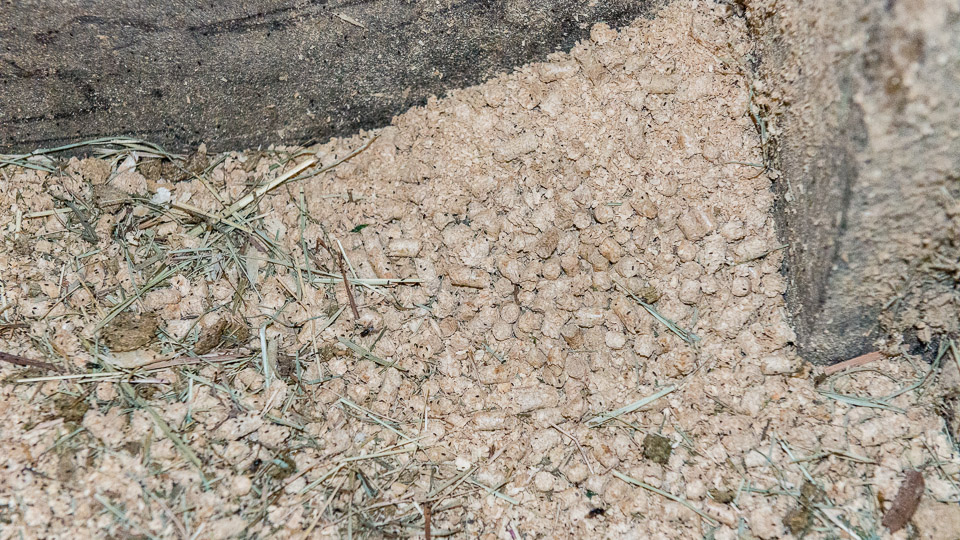
Horse Barn Bedding – Wood
Wood bedding comes in many materials and forms. The most common woods used are the soft woods representing the coniferous trees (pines) while the least common are the hardwoods representing the deciduous trees (maple, walnut, etc). Formation of the wood bedding includes sawdust, shavings, chips and pellets. In addition there is shredded bark.
**CONTINUED IN ARTICLE TAB**
Related material – Sometimes I have a lot of material here that I have written, podcasted, video blogs and other things. They will be listed in this tab.
Use the browser back button or menu to return to the index of topics.
⬇︎ CLICK ANY IMAGE BELOW TO REVEAL MORE INFORMATION ⬇︎
Wood bedding comes in many materials and forms. The most common woods used are the soft woods representing the coniferous trees (pines) while the least common are the hardwoods representing the deciduous trees (maple, walnut, etc). Formation of the wood bedding includes sawdust, shavings, chips and pellets. In addition there is shredded bark.
All wood bedding forms dust that settles on all surfaces that need continual cleaning. And if it is on the surfaces then it is also in the air the horse breaths. Sawdust and shavings are popular in the US due to their abundant availability and low cost. Cleaning these stalls is fairly easy compared to straw and it is inexpensive. I would caution working in a stall with fresh wood pellets. These can become roller bearings causing you to lose balance when working on a moving horse.
Any videos related to this topic will be added here. Stay tuned or comment a request.
- Additional tables
- Links to other in house articles
- Links to outside articles
- Reference material used in developing this topic.
There are no related articles here if you don’t see linked items.


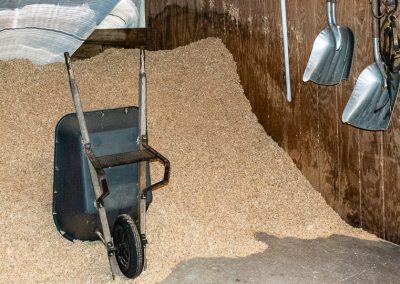
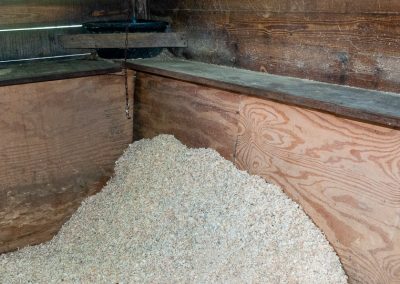
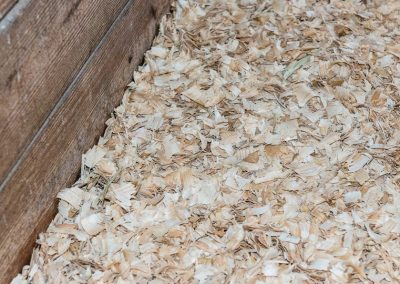
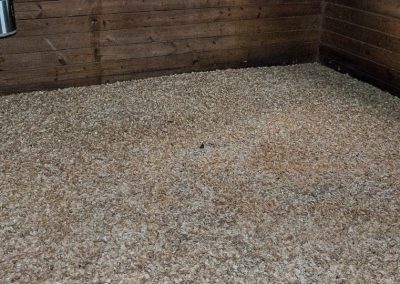
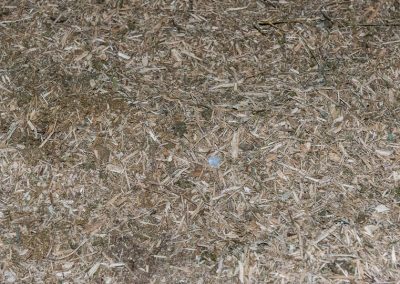
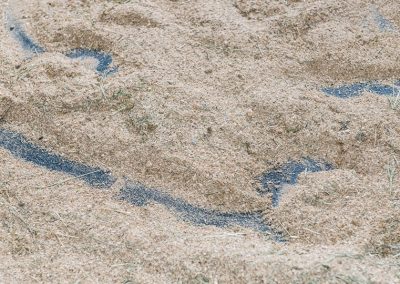


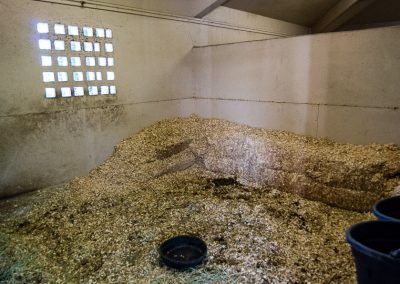
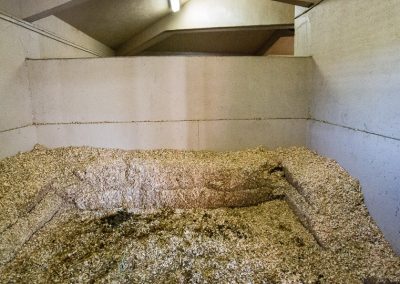
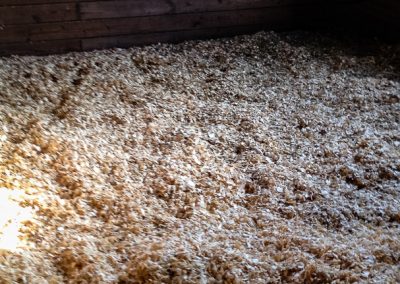
Responses